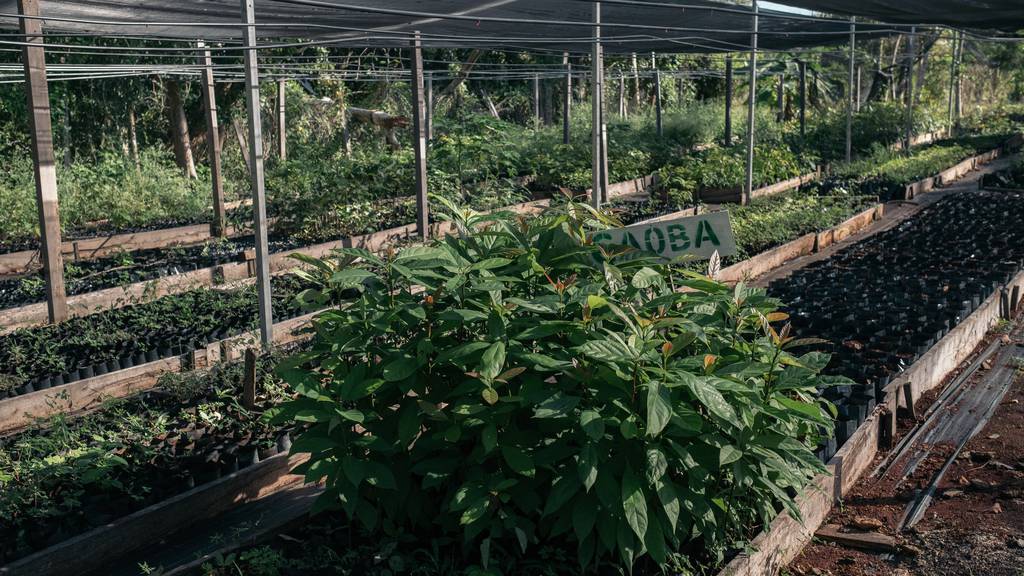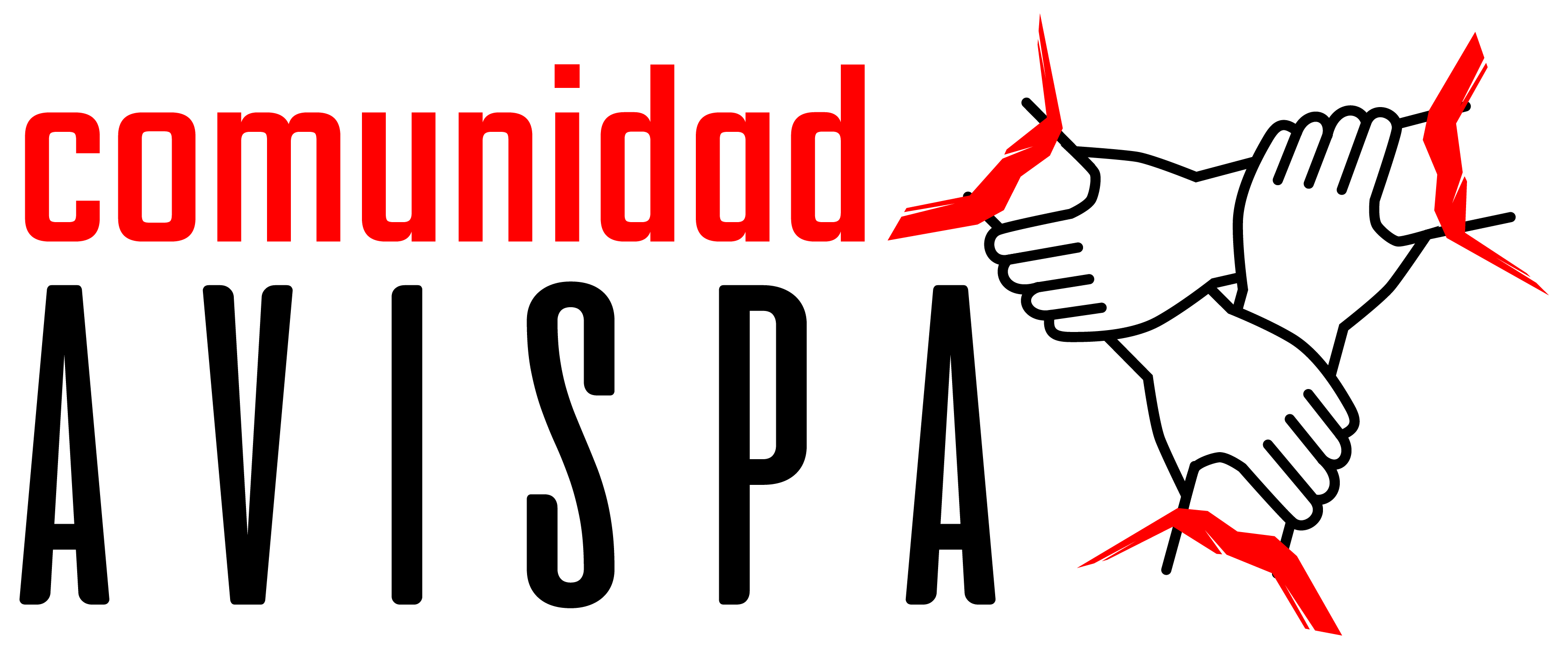English translation by Schools for Chiapas. Cover photo: Special Envoy on Climate Changes for the United States, John Kerry, accompanies the President of Mexico in a tour of parcels of Sembrando Vida in Palenque, Chiapas, October 2021.
While Andrés Manuel López Obrador tours the various countries of Central America to promote the extension of governmental assistance programs such as Jóvenes Construyendo el Futuro (Youth Constructing the Future) and Sembrando Vida (Sowing Life), the latter is implicated in undermining community organization in indigenous and campesino communities in Mexico, according to a report published by the Center of Studies for Change in the Mexican Countryside (Ceccam).
“The indigenous and campesino communities in Mexico have an extensive tradition of collective management of territory, supported by social ownership of the land with the assembly acting as the highest authority. The Sembrando Vida program is intentionally undermining these structures that allow the communities a certain level of autonomy,” Ana de Ita writes in the publication elaborated by Ceccam, Community and Autonomy in the face of Sembrando Vida.
“In addition to this denunciation, there are other consequences of the program: that of causing deforestation in order to enter into the program, the opacity in the management of the government budget, as well as the creation of parallel organizations to that of the communities for decision-making, which is used to buy wills.


Among these problems, identified by campesino and indigenous communities of Oaxaca, Chiapas, Tlaxcala, Veracruz, Campeche, Quintana Roo, and Yucatan, they underscore that the most damaging effect of the program is the destruction of the community fabric and of the organizing structures of decision-making.”
Ceccam’s publication also brings together the perspectives of agroecologists, researchers and civil organizations that accompany community members in various regions of the country. Because of this, one of the publication ‘s research projects is to be able to identify the uses that Sembrando Vida can have in the the regions where the intent is to impose megaprojects like the Mayan Train, the Transithmic Corredor, “and other where it is urgent that the communities are not an obstacle.”
It is difficult for the participants in the Sembrando Vida program to participate in “social resistance movements, for example, in the face of the government’s megaprojects, or the extractive interest of companies, when they fear that they will lose the benefits of the program,” Ana de Ita reports in her text entitled “Sowing Envy,” included in the publication.
For Ita, this explains the coincidence in the new lines of the “Mayan Train” with the locations of Sembrando Vida, as well as the express instructions to include the municipalities of the Interoceanic Corridor in Oaxaca.
Neoliberalism and the reorganization of the countryside
The director of Ceccam indicates that the implementation of the program weakens community organization due to the fact that it follows the neoliberal logic “that leaves the realm of rights and places itself in the realm of handouts, granted to whomever the government decides.” This wayd, the resources are given to individual producers, who spend the money on personal consumption rather than strengthening community organization.
“In regions in which the program is operating, an increase in luxury spending has been noted, such as beer in a can, since in the rural communities there are not many alternatives for consumption of other goods; health, education, culture, nutrition, etcetera, and what is most readily available is junk food,” Ita denounces.
Another common problem is that young people and women don’t have land, and in many cases they don’t have the 2.5 hectares required, personally, in order to enter the program. According to the program, in these cases, individuals can access the required acreage by establishing a share-cropping contract with the agrarian nucleus until at least 2024.
To Ita, this means that the program encourages collective social property to be parceled and individualized. “In lands of common use that the ejido cedes for a period of time to campesinos that don’t have it, they will plant fruit and timber trees that will just be producing when the program ends, so it will be very difficult to return this land to the common use of the agrarian nucleus,” the director of Ceccam maintains.
Sembrando Vida proposes the coordination of the program through so-called Campesino Learning Communities (CAC), which in fact form a parallel organization to the community or ejidal assembly, which is the main authority in the territories. “Contrary to the strategy of better organized communities which strengthen the power of their assemblies, the CAC do not report to, nor are they held accountable by the agrarian assemblies,” Ana de Ita reports.
Deforest, in order to re-forest?
The goal of Sembrando Vida is the reforestation of a million hectares, and for this, between 600 million to a billion trees are needed, according to federal government figures.
It does not have this number of trees, however, and since the announcement of the program, forestry experts warned of the absence of capacity for production of such a quantity of plants in Mexico. According to the data from the Secretary of Welfare, in 2019 only 14% of the goal of 575 million trees were planted and survived.

Among the complaints that Ceccam compiled, campesinos reported that they are obligated to plant trees that don’t belong in the region, which is why they frequently die and, despite this, “they demand that they replant them, instead of planting trees that are adapted to their own climatic conditions. For example, in the Northern Sierra of Oaxaca, they are demanding that they plant cedars that need a lot of water which is scarce in the region, which is why many plants have died,” Ita maintains.
This is in addition to the evidence that has emerged in states such as Puebla, Campeche and Chiapas, where farmers, organizations and the press have documented the deforestation of land for the purpose of registering it with Sembrando Vida.
“But this problem can’t be demonstrated, because the government hasn’t made public the location data of each of the 430 thousand parcels,” clarifies the Ceccam researcher.
Audits
The budget assigned to Sembrando Vida in 2022 reaches 29 billion 231 million pesos, an amount close to the total which corresponds to the Secretary of Agriculture (32 billion 750 million). Notwithstanding its resources, the program is only destined for 430 thousand campesinos of the 5.5 million agricultural producers and around 2.5 million agricultural day laborers that exist in the country, according to data from the National Institute of Statistics and Geography.
In this context, the program has been evaluated by entities like the Federal Superior Audit Office (ASF), which detected shortcomings in its design, content and implementation. According to its Individual Report of the Results of the Superior Audit of the 2019 Public Account, “the objective of achieving that agrarian subjects in rural locales with income below the line of welfare, have enough resources to make the land productive,” is at risk.
Without participation of the communities
For the researcher, the execution Sembrando Vida, like other federal programs, has avoided the social participation in the design of its public policies in accusing the campesino organizations of being corrupt.
For Ana de Ita, it is necessary to remember that during the current federal administration, the recognition of indigenous rights has not received any impetus, and “and the guardians of the forests and the jungles are threatened and persecuted for their labor of caring for them.” According to data by Global Witness, in 2020, 30 environmental defenders were murdered in the country, placing Mexico at the second-most violent in the world.
In this context, the Ceccam member writes, “to not take into account the agrarian authorities, the forms of organization in the countryside, the systems of community charges, the forms of collective work, the ways of making decisions —and in not addressing the campesino agrarian nuclei as collective owners of the land, but instead as individuals, choosing some and not others —the end of this term [AMLO’s 4T] will not see a single difference, neither in the reduction of poverty, nor in reforestation and care of the forest.”


